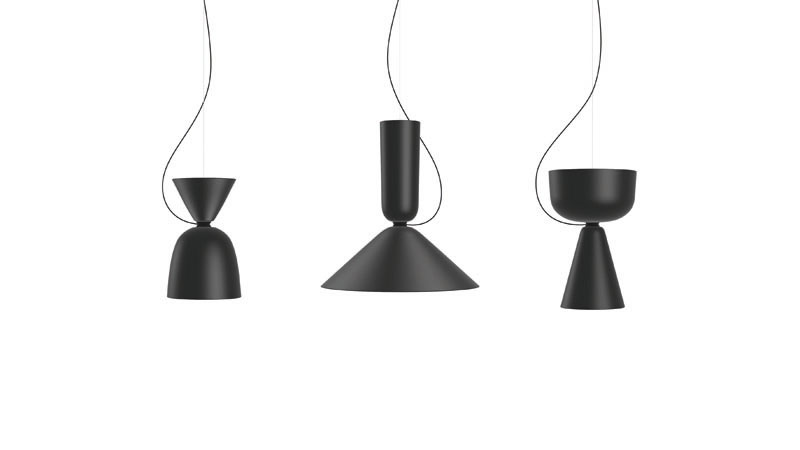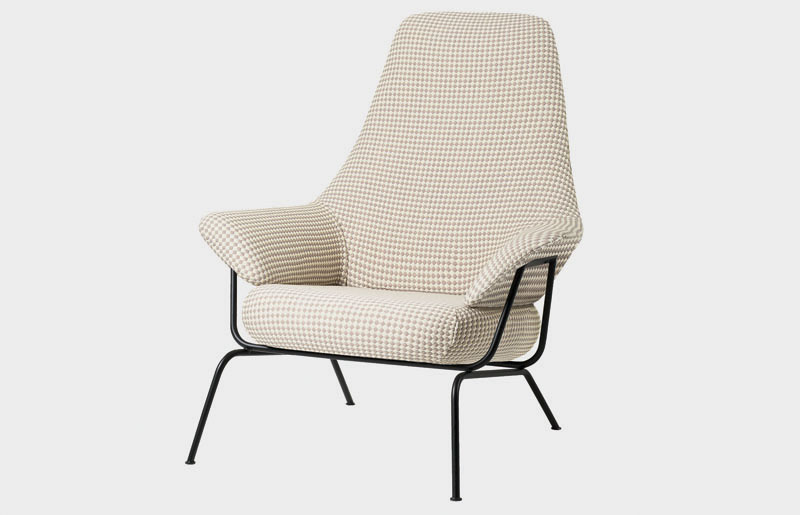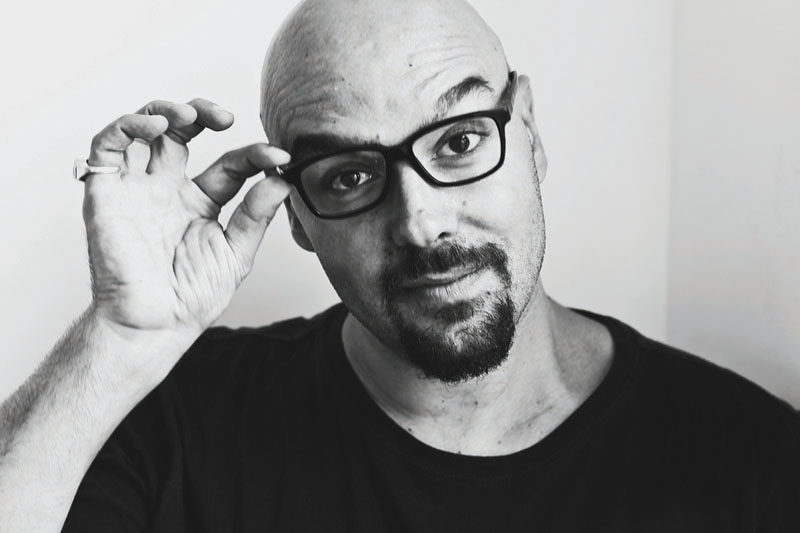Luca Nichetto is one of the most sought-after Italian designers of the moment.
In his work, this Venetian combines equal parts of Italian tradition and Scandinavian influence. In this Interview we talk with him about selling online, the crisis, royalties, best sellers and the indefatigable Nordic style.
One of your latest projects is the Alphabeta lamp, designed for a new furniture brand called Hem, which was born from the union of One Nordic and Fab. “I had already worked with One Nordic, and when the new brand came up they got back in contact with me. A had in my head the idea for a lamp that would project light in a different way. Although there are similar things out there on the market, they are very technical lamps. I also wanted to create a very customizable product, which is why Hem was perfect because of its online sales model. At the beginning of the project we had designed a really large family with floor, table and wall models, but in the end we decided to concentrate on only ceiling models as, if not, the investment was going to rocket. Even so, the stock you have to hold is very substantial, as there are eight different combinable units and different colours as well.” Are you happy with the pricing of them? “Hem works directly as they sell online. This means you save a lot because you do away with the middleman. The final price could have been lower if we had manufactured in China, but we would have lost out on quality. We are manufacturing them in Italy with a trusted supplier who is also a friend, which means there is a good balance between quality and price.”

Alphabeta lamps designed by Luca Nichetto for Hem
What do you think about being paid by royalties, which is what some brands do with their designers? “This system is not sustainable, the idea was good in principle, but it no longer works. The percentage that is paid tends to be between three and five percent more or less. We live in an era where there are so many products, so many designers, so many companies… that to create a best seller is almost as difficult as winning the lottery. It’s not a matter of whether you have a good design or not; there are so many extra factors: the right price, the perfect company, the perfect marketing, the perfect distribution… To do good creative work you need to invest a lot of time and it is difficult to be able to wait years and years in order to recuperate some of this investment. I’m now in a good position and I can ask for a combination of royalties and a fee for a project. In some cases I work with fees that are higher than royalties. Something that is hard to understand is how the advertising teams take seven to ten percent, while the designer takes only three to five. If there isn’t a good design, there is nothing to sell. The royalty system worked in the sixties or in the eighties because there were fewer designers, less competition and fewer companies. The design world has completely changed. Now the only ones that are making a business out of the design world are the schools, because outside of them there is not enough work for everybody. Maybe if you’re a genius you won’t have any problems but people with a lot of talent have it very tough.”
  Hai Armchair designed by Luca Nichetto for Hem
 Hai Armchair designed by Luca Nichetto for Hem
Is there still a lot of Nordic style? “Italy has been one of the most active countries when it comes to the high-class furniture business; later Ikea appeared with their mid-lower class furniture. Now there’s a gap in-between. The Scandinavians are mostly upper-middle class, which is why there are companies like Hay, Mutto, Normann Copenhagen, etc… who supply this part of the market. It isn’t mass production, it’s people with taste doing nice things. The Scandinavians don’t spend 15,000 Euros on a sofa, but maybe 3,000 instead. The Nordic companies cover this gap that exists in the market. The Scandinavians don’t invest huge amounts in innovation, instead they turn to their tradition: a good product, good use of wood, good upholstery, a little touch of hipster and it’s all good. This is why you see a lot of followers in the market who are doing the same. The crisis has meant entrepreneurs invest less. Before the crisis you saw a lot of plastic chairs, but now few people want to invest in a mould. Less risk, less investment. For example, the Makers and New Craft movements didn’t appear on the market because the market asked for it, but because there was no money to invest in research and production.”
Interview published in the issue Neo2 144.  If you want to see the whole issue for free you could  download our apps
for Ipad o tablets Android. If you don’t have tablet you could see in our virtual de tablet online





